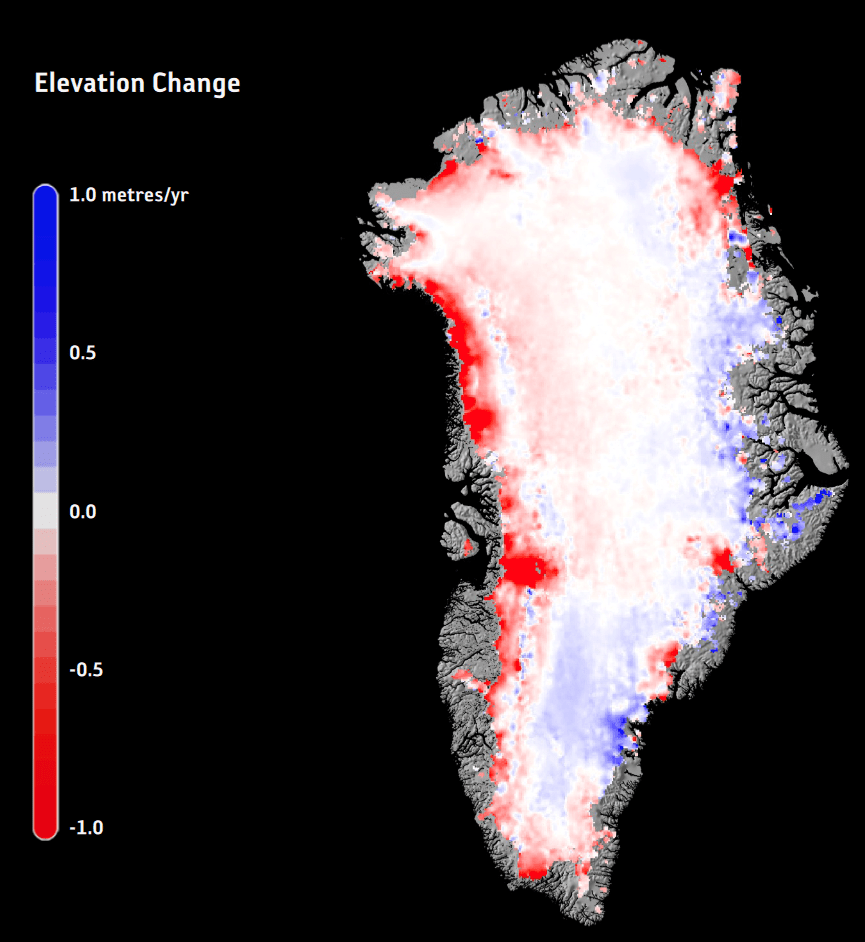Panspermia is an innately attractive idea that’s gained prominence in recent decades. Yet, among working scientists, it gets little attention. There are good reasons for their relative indifference, but certain events spark renewed interest in panspermia, even among scientists.
The appearance of Oumuamua in our Solar System in 2017 was one of them.
Continue reading “How Oumuamua Changes Our Perspective on Galactic Panspermia”









